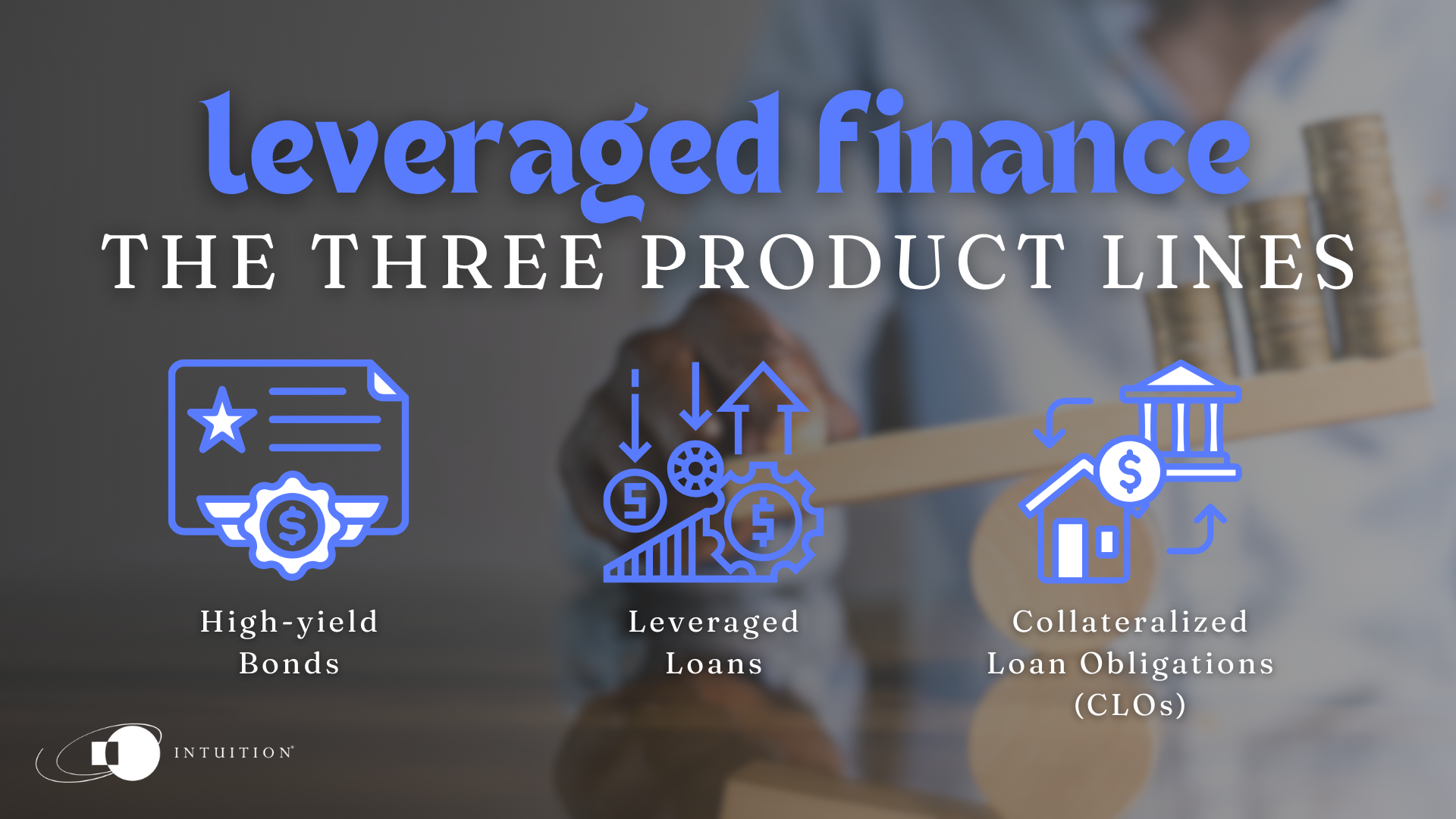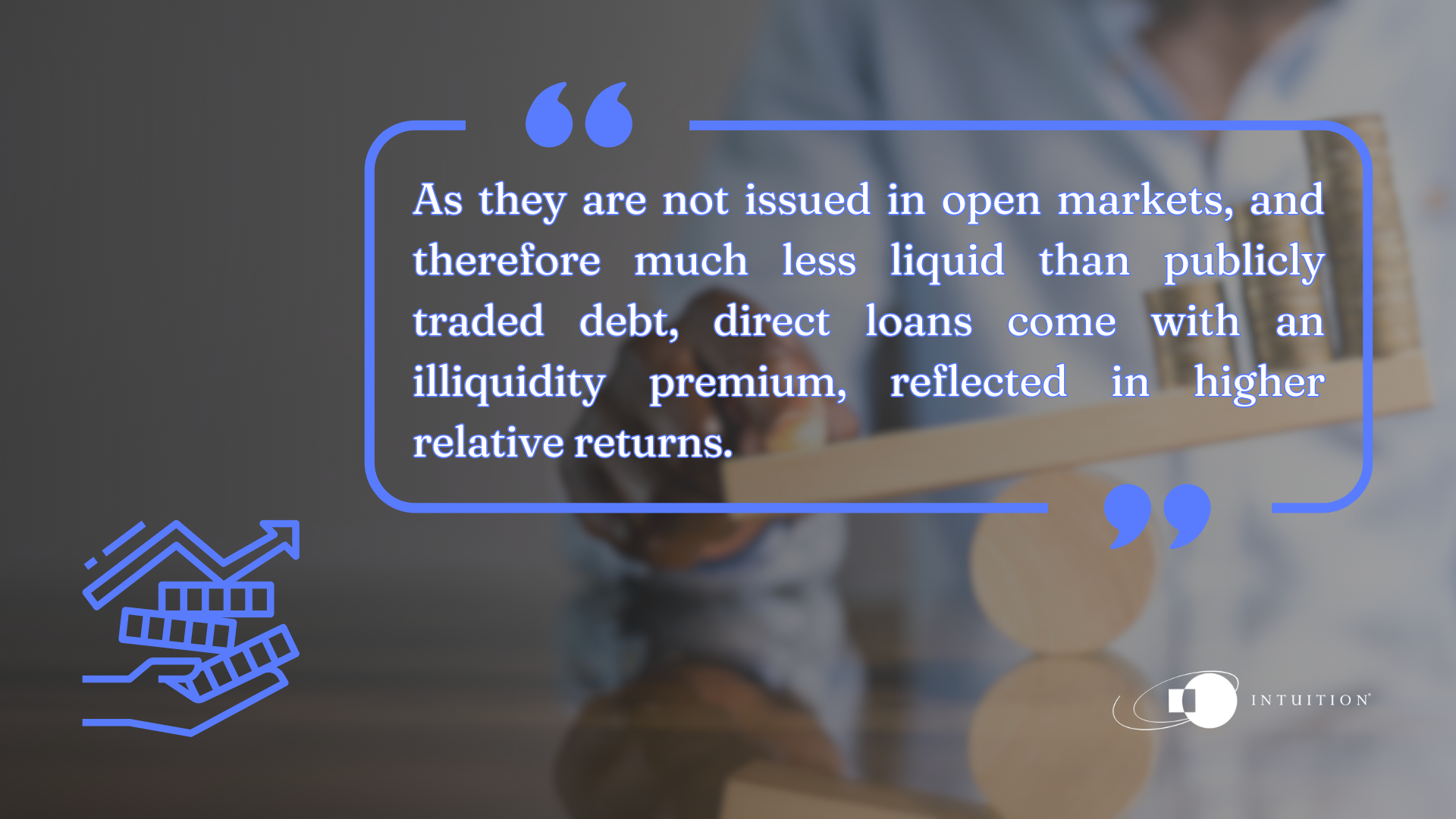Leveraged finance boom draws scrutiny from regulators
The leveraged finance market has seen explosive growth in recent years, benefiting from high interest rates and strong risk appetites, reflected in tight credit spreads. But with the size of this market now estimated by some at around USD 2 trillion globally, the boom is prompting heightened regulatory scrutiny, as regulators seek to address potential vulnerabilities and risks.
Leveraged finance represents the riskiest end of the fixed income market, involving the extension of bonds and loans to companies with substantial debt levels. For investors with strong risk appetites, this can be a lucrative line of business, as has been the case in recent years thanks to a combination of high interest rates and broadly favorable credit conditions. But the business also comes with a major health warning for would-be investors.
[Basel III, Basel IV, Basel III Endgame, & Basel 3.1: Terminology Explained]

Leveraged finance basics
Leveraged finance encompasses three major product lines: high-yield bonds, leveraged loans, and collateralized loan obligations (CLOs), which can also be viewed as a subset of leveraged loans. High-yield (HY) or “junk” bonds made their name in the 1980s. The junk bond heyday ended in ignominy in 1990 when their principal advocate Michael Milken was jailed for fraud. Nonetheless, junk bonds today occupy an established position in the world of credit.
Leveraged loans are made by nonbank lenders usually to highly indebted companies to finance mergers and acquisitions, recapitalize their balance sheets, or refinance debt. As they are floating rate loans, the associated interest rate risk is lower (for investors) than junk bonds. This attribute, in a rising interest rate environment, has seen leveraged loans volumes in the US surpass those of HY bonds in recent years. Leveraged loans are typically syndicated, meaning they are structured, organized, and administered by at least one bank, making them easier to trade.
Collateralized loan obligations (CLOs) are a type of structured finance product that pools leveraged loans and repackages them into tranches with varying levels of risk and return. CLO funds purchase leveraged loans and bundle them into a diversified loan portfolio. Investors can then buy tranches of this portfolio through securitization, gaining exposure to leveraged loans while managing risk. Having experienced rapid growth, CLOs now account for about 70% of the US leveraged loans market.
***
Listen to this article and more on ‘The Intuition Finance Digest‘
Listen on Spotify | Listen on Amazon Music | Listen on Apple Podcasts
***

Private credit thrives
Private credit – a segment of leveraged finance where funds are provided by nonbank financial institutions, such as private equity firms and specialized credit funds, rather than traditional banks – has thrived in this environment.
Private credit provides superior access and flexibility compared to syndicated leveraged loans, which involve multiple lenders and can be cumbersome.
With transactions typically involving fewer parties, private credit facilitates quicker deal-making and often secures more favorable terms for borrowers. This flexibility has made private credit a preferred choice for companies seeking financing solutions tailored to their specific needs, such as mergers and acquisitions, balance sheet recapitalization, or debt refinancing. Essentially, private credit has filled the gap left by traditional banks’ reduced lending capacity amid challenging economic conditions.

Direct lending & its attractions for investors
Direct lending, which accounts for about one-third of the private credit market, primarily involves first-lien loans provided to middle-market companies with annual revenues ranging from USD 10 million to USD 1 billion. These loans are typically offered by non-bank lenders directly to businesses, bypassing intermediaries. Coupon payments are often tied to short-term benchmarks such as the secured overnight financing rate (SOFR).
Direct loans offer several attractions for investors. Among these are floating rates and relatively short durations, which compensate investors for the high risks. As they are not issued in open markets, and therefore much less liquid than publicly traded debt, direct loans come with an illiquidity premium, reflected in higher relative returns. A further attraction is the downside protection offered by the seniority of senior direct debt over bonds in the capital structure, while subordinated direct debt also has claims. This structure enables direct lending funds to negotiate favorable covenants amid tighter credit conditions and higher yields.
Signs of complacency amid gathering clouds
While private lending has been in a sweet spot, rewarding investors with solid double-digit returns in segments such as first-lien loans, it’s still a market that carries significant risks. Fears are growing in some circles that these risks are underappreciated, as subdued volatility and low default rates have bred complacency. Other signs of an excessively carefree market include the growing prevalence of riskier covenant-lite (cov-lite) loans, which provide less protection to creditors and have contributed to a declining recovery rate for US loans over time.
Meanwhile, some clouds have been gathering, including recent stress in the private equity market, with some high-profile deals being pulled at the last minute. This has contributed to a shift towards structured credit products like securitization of debt pools and credit card receivables.
Regulators increasingly concerned
This potentially toxic cocktail of high nonbank participation, complacency amid pockets of stress, and the sheer speed of private credit growth, has drawn increasing scrutiny from regulators. The market is large enough now that any ructions within it raise the specter of systemic risk, the ultimate fear for regulators.
In the US, the Financial Stability Board (FSB) has flagged this rapid growth as a potential threat to financial stability, while the Federal Reserve has issued warnings about the deteriorating underwriting standards in leveraged lending.
In Europe, the ECB has expressed concerns about the high levels of leverage and the loosening of lending standards in the eurozone’s leveraged finance market, while in the UK the Prudential Regulatory Authority (PRA) is said to be preparing for a comprehensive review of banks’ exposure to private equity firms. The review is expected to focus on the risk management practices of banks involved in leveraged lending and their ability to withstand potential losses.
These developments speak to growing concerns and a growing consensus among regulators that more stringent regulations and oversight may be needed to mitigate the risks associated with leveraged lending and ensure the stability of the financial system. It’s hard to know at this stage what concrete measures will be taken, but it’s safe to assume leveraged finance is likely to stay on regulators’ radar for the foreseeable future.
Intuition Know-How has a number of tutorials relevant to the content of this article:
- Credit Analysis – An Introduction
- Credit Risk – An Introduction
- Credit Risk – Types & Asset Classes
- Credit Risk Appetite – An Introduction
- Corporate Banking Products – An Introduction
- Corporate Banking Products – Syndicated Lending
- Corporate Banking Products – Short-Term Finance
- Corporate Banking Products – Accounts Receivable Finance
- Regulation – An Introduction
- Banking Regulation – An Introduction
- Markets Regulation – An Introduction


